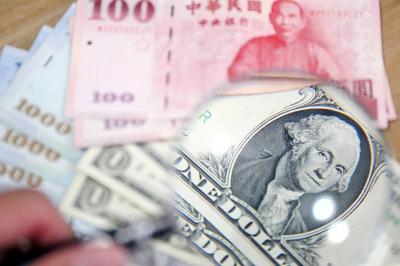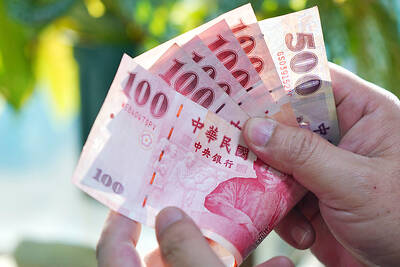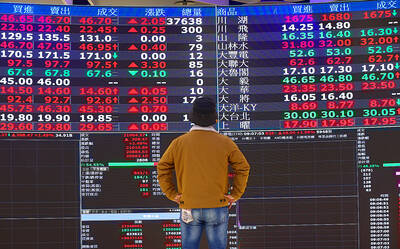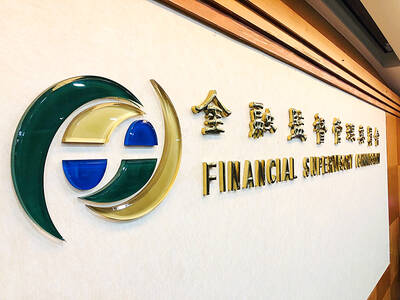Japanese scientists have succeeded in transmitting energy wirelessly, in a key step that could one day make solar power generation in space a possibility, an official said yesterday.
Researchers used microwaves to deliver 1.8 kilowatts of power — enough to run an electric kettle — through the air with pinpoint accuracy to a receiver 55m away.
While the distance was not huge, the technology could pave the way for mankind to eventually tap the vast amount of solar energy available in space and use it on Earth, a spokesman for the Japan Aerospace Exploration Agency (JAXA) said.
“This was the first time anyone has managed to send a high output of nearly 2 kilowatts of electric power via microwaves to a small target, using a delicate directivity control device,” he said.
JAXA has been working on devising a space solar power systems (SSPS) for years, the spokesman said.
Solar power generation in space has many advantages over its Earth-based cousin, notably the permanent availability of energy, regardless of weather or time of day.
While man-made satellites, such as the International Space Station, have long since been able to use the solar energy that washes over them from the sun, getting that power down to Earth where people can use it has been the thing of science fiction.
However, the Japanese research offers the possibility that humans could one day be able to farm an inexhaustible source of energy in space.
The idea would be for microwave-transmitting solar satellites — which would have sunlight-gathering panels and antennae — to be set up about 36,000km from Earth, the JAXA spokesman said.
“But it could take decades before we see practical application of the technology — maybe in the 2040s or later,” he said. “There are a number of challenges to overcome, such as how to send huge structures into space, how to construct them and how to maintain them.”
The idea of space-based solar power generation emerged among US researchers in the 1960s and Japan’s SSPS program, chiefly financed by the Ministry of Economy, Trade and Industry, started in 2009, he said.
Resource-poor Japan has to import huge amounts of fossil fuel. It has become substantially more dependent on these imports as its nuclear power industry shut down in the aftermath of the Fukushima Dai-ichi nuclear disaster in 2011.

The US dollar was trading at NT$29.7 at 10am today on the Taipei Foreign Exchange, as the New Taiwan dollar gained NT$1.364 from the previous close last week. The NT dollar continued to rise today, after surging 3.07 percent on Friday. After opening at NT$30.91, the NT dollar gained more than NT$1 in just 15 minutes, briefly passing the NT$30 mark. Before the US Department of the Treasury's semi-annual currency report came out, expectations that the NT dollar would keep rising were already building. The NT dollar on Friday closed at NT$31.064, up by NT$0.953 — a 3.07 percent single-day gain. Today,

‘SHORT TERM’: The local currency would likely remain strong in the near term, driven by anticipated US trade pressure, capital inflows and expectations of a US Fed rate cut The US dollar is expected to fall below NT$30 in the near term, as traders anticipate increased pressure from Washington for Taiwan to allow the New Taiwan dollar to appreciate, Cathay United Bank (國泰世華銀行) chief economist Lin Chi-chao (林啟超) said. Following a sharp drop in the greenback against the NT dollar on Friday, Lin told the Central News Agency that the local currency is likely to remain strong in the short term, driven in part by market psychology surrounding anticipated US policy pressure. On Friday, the US dollar fell NT$0.953, or 3.07 percent, closing at NT$31.064 — its lowest level since Jan.

The New Taiwan dollar and Taiwanese stocks surged on signs that trade tensions between the world’s top two economies might start easing and as US tech earnings boosted the outlook of the nation’s semiconductor exports. The NT dollar strengthened as much as 3.8 percent versus the US dollar to 30.815, the biggest intraday gain since January 2011, closing at NT$31.064. The benchmark TAIEX jumped 2.73 percent to outperform the region’s equity gauges. Outlook for global trade improved after China said it is assessing possible trade talks with the US, providing a boost for the nation’s currency and shares. As the NT dollar

The Financial Supervisory Commission (FSC) yesterday met with some of the nation’s largest insurance companies as a skyrocketing New Taiwan dollar piles pressure on their hundreds of billions of dollars in US bond investments. The commission has asked some life insurance firms, among the biggest Asian holders of US debt, to discuss how the rapidly strengthening NT dollar has impacted their operations, people familiar with the matter said. The meeting took place as the NT dollar jumped as much as 5 percent yesterday, its biggest intraday gain in more than three decades. The local currency surged as exporters rushed to